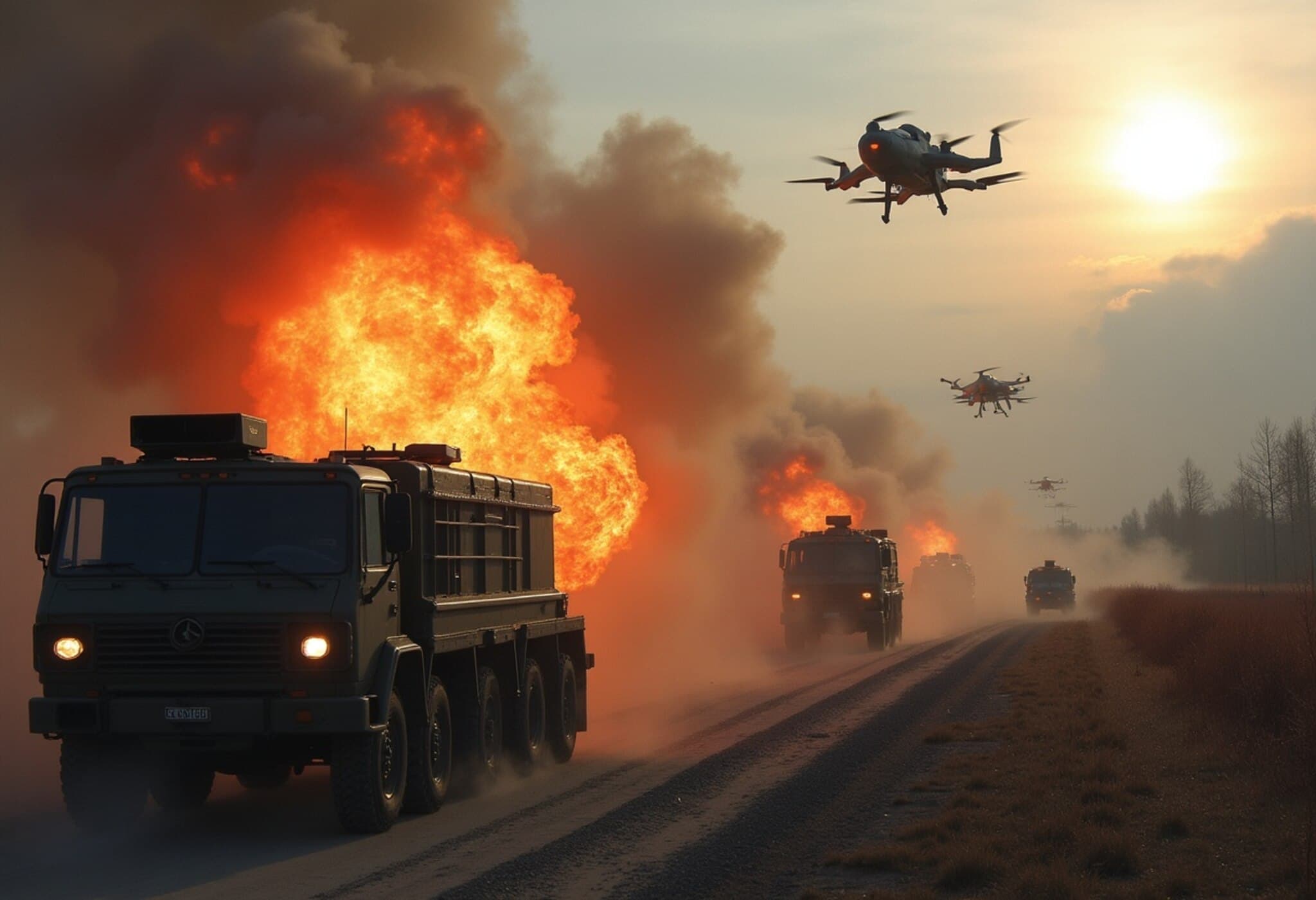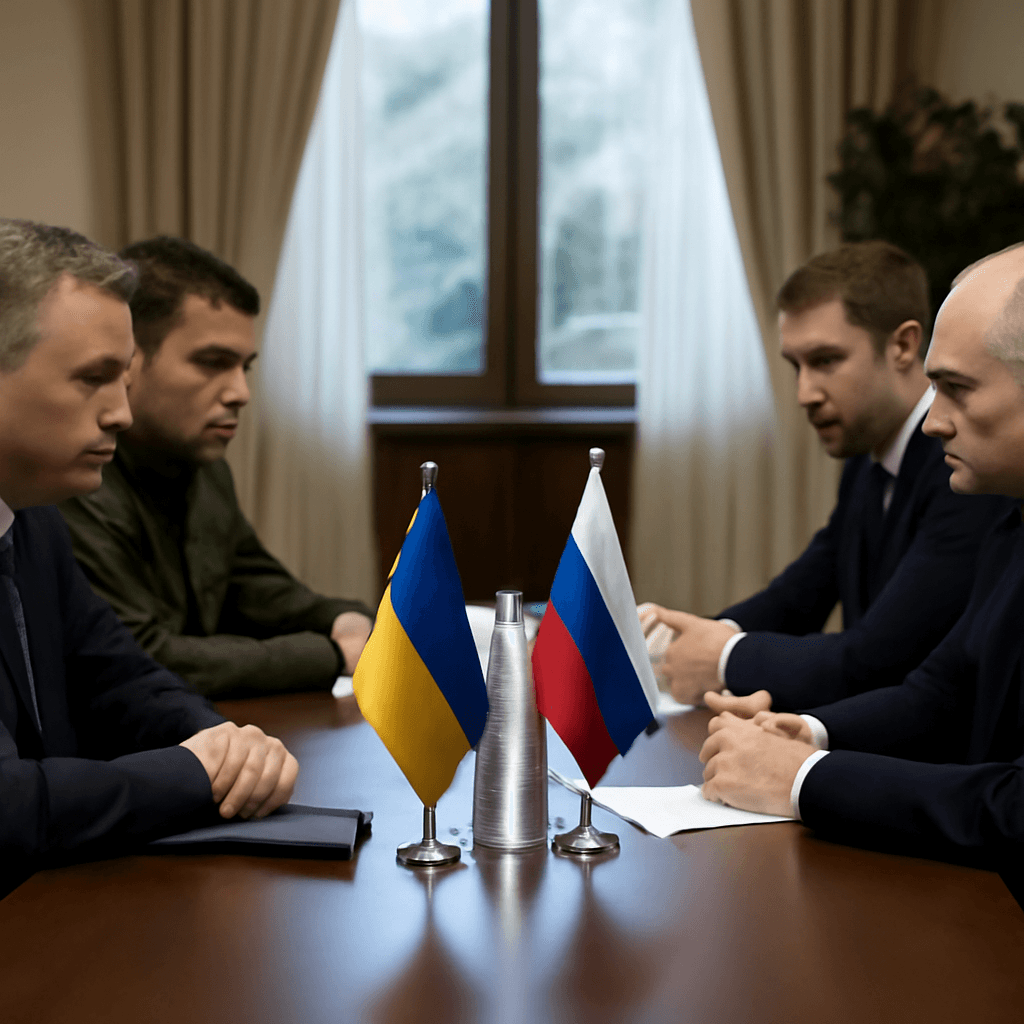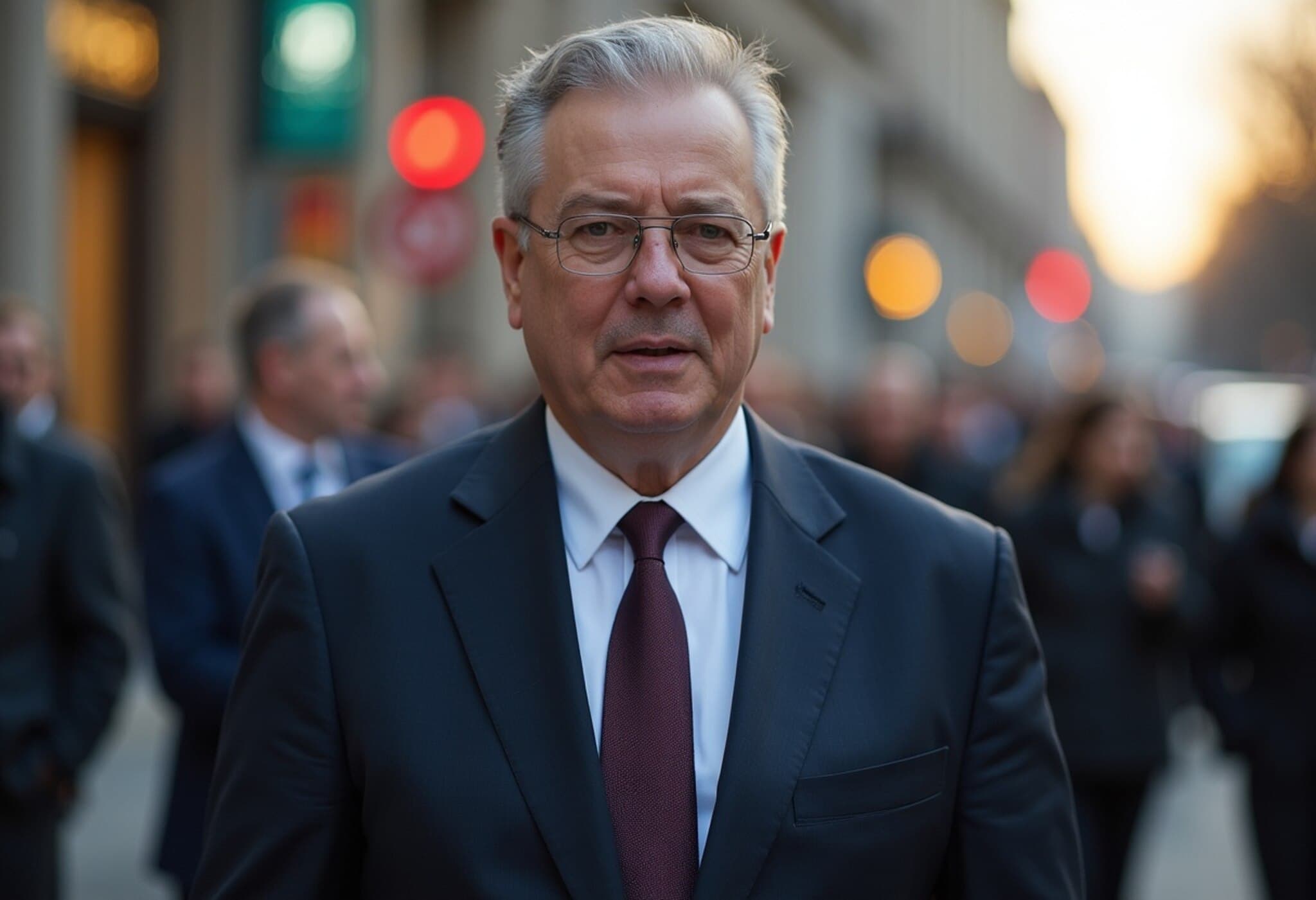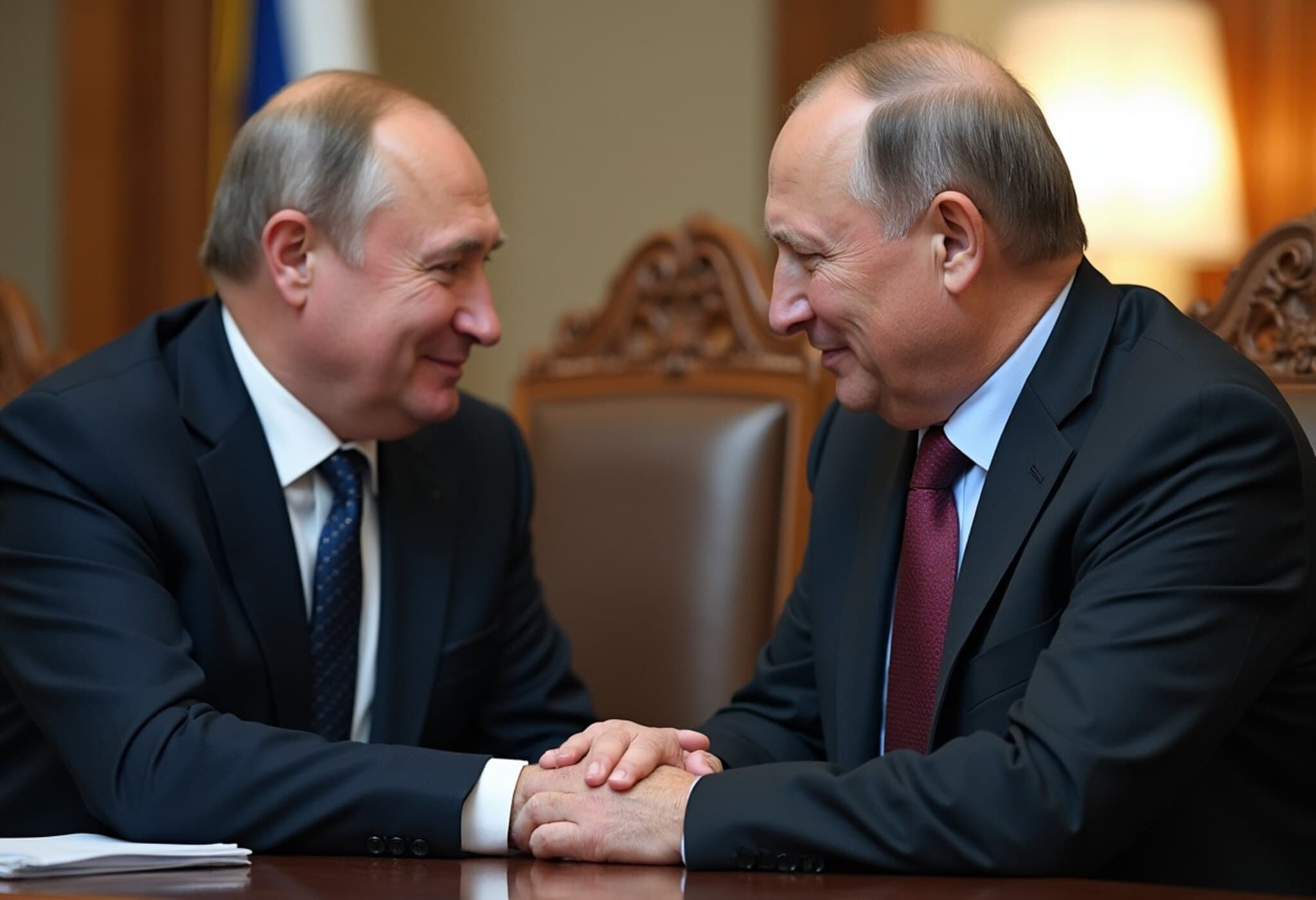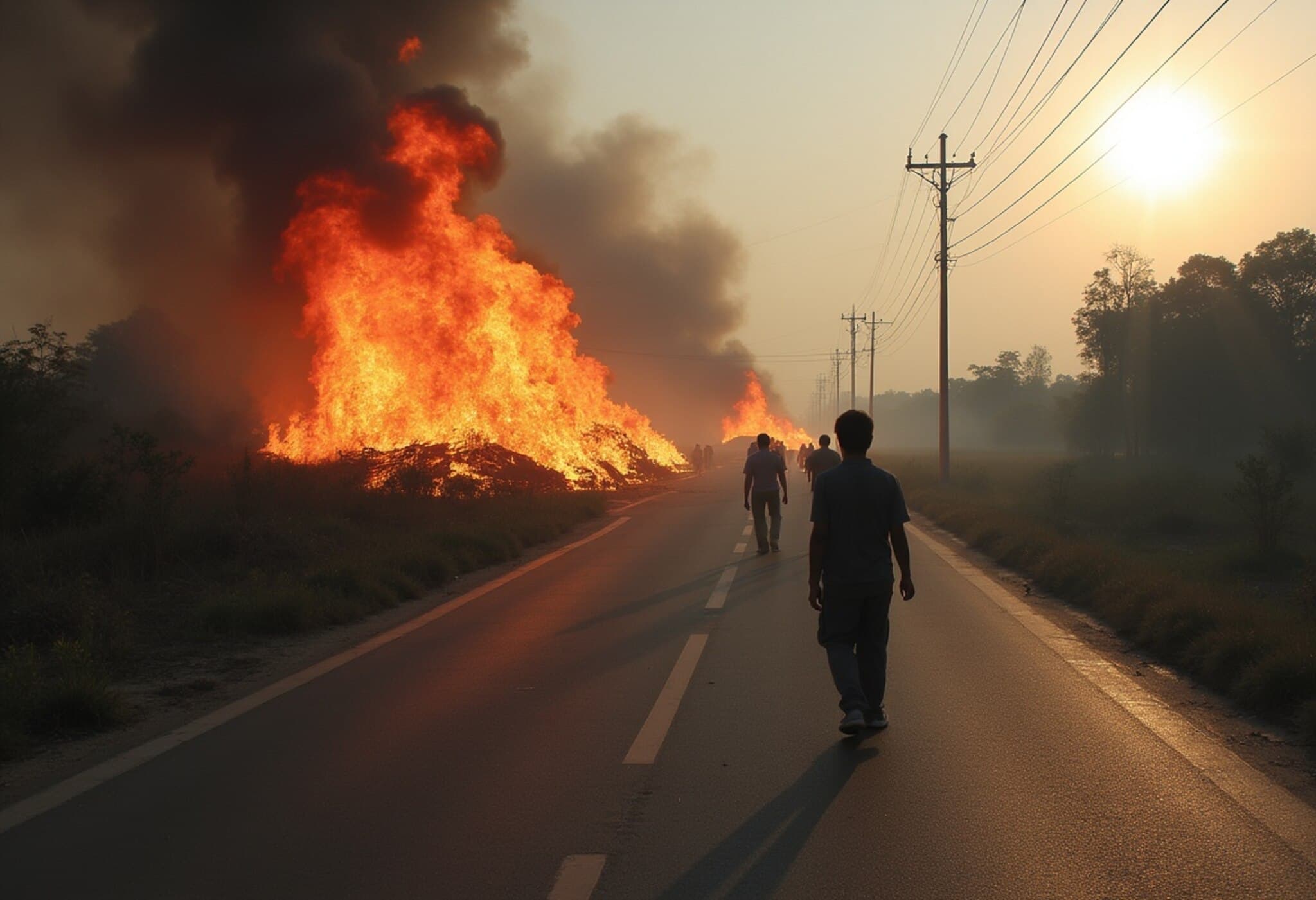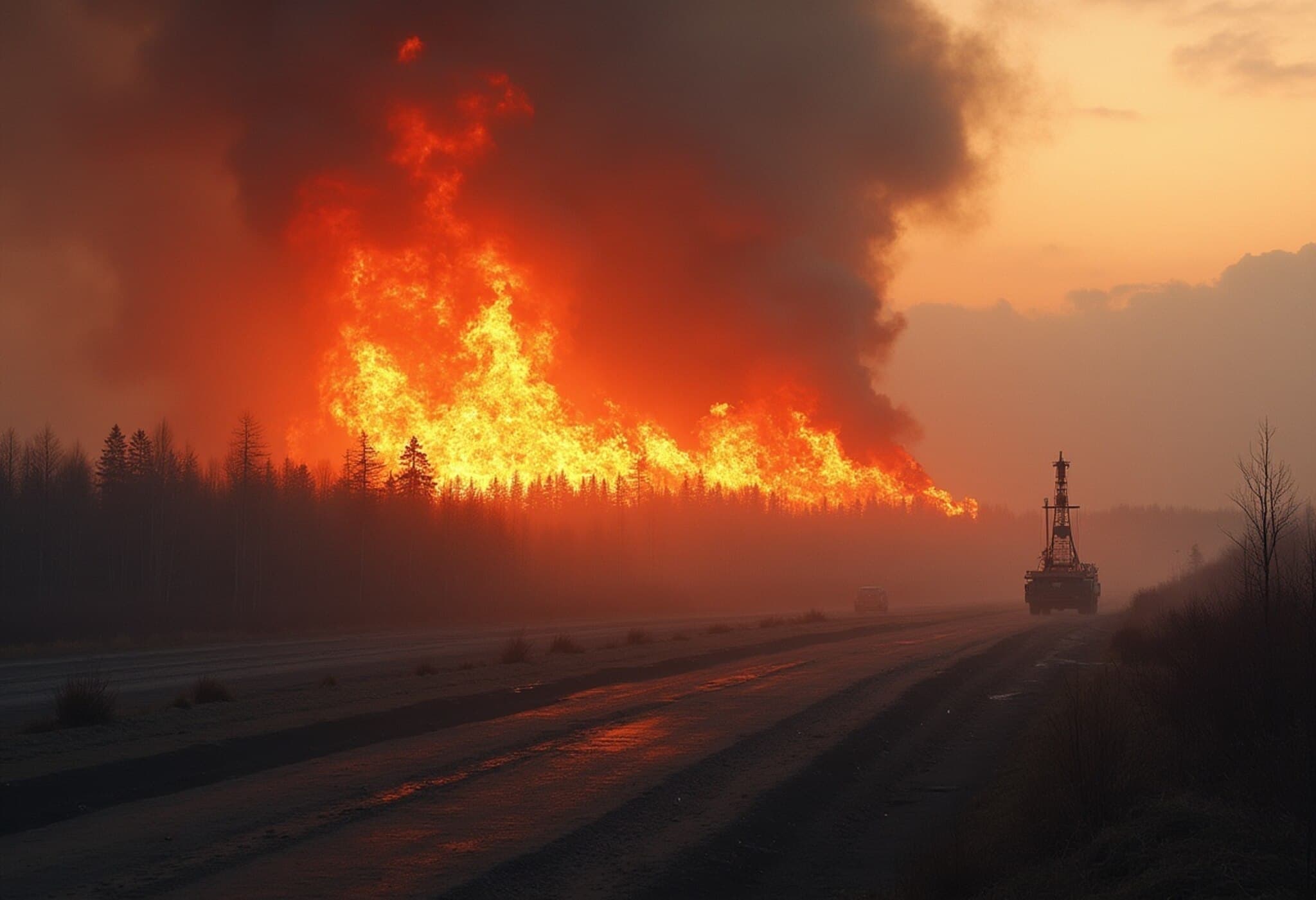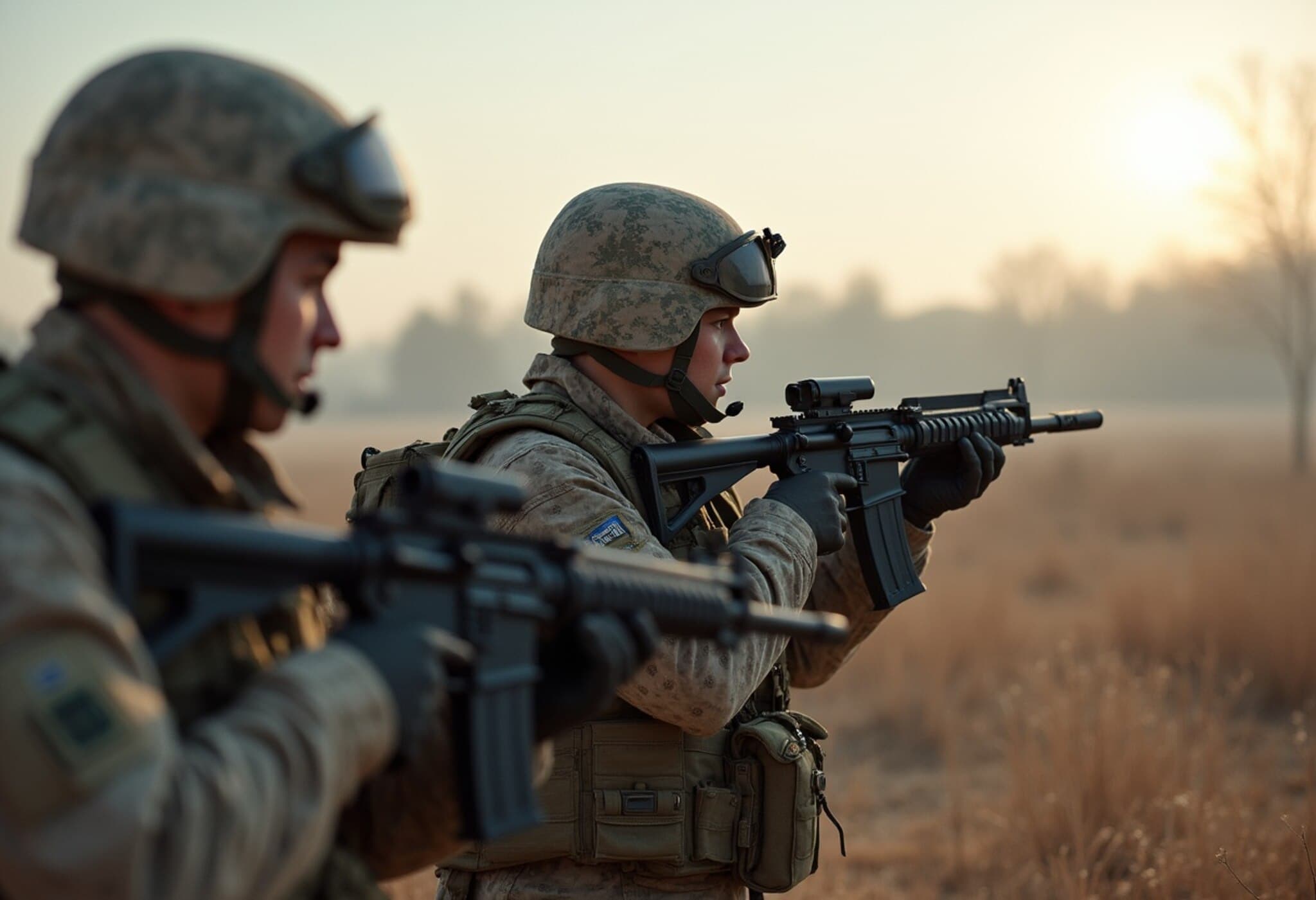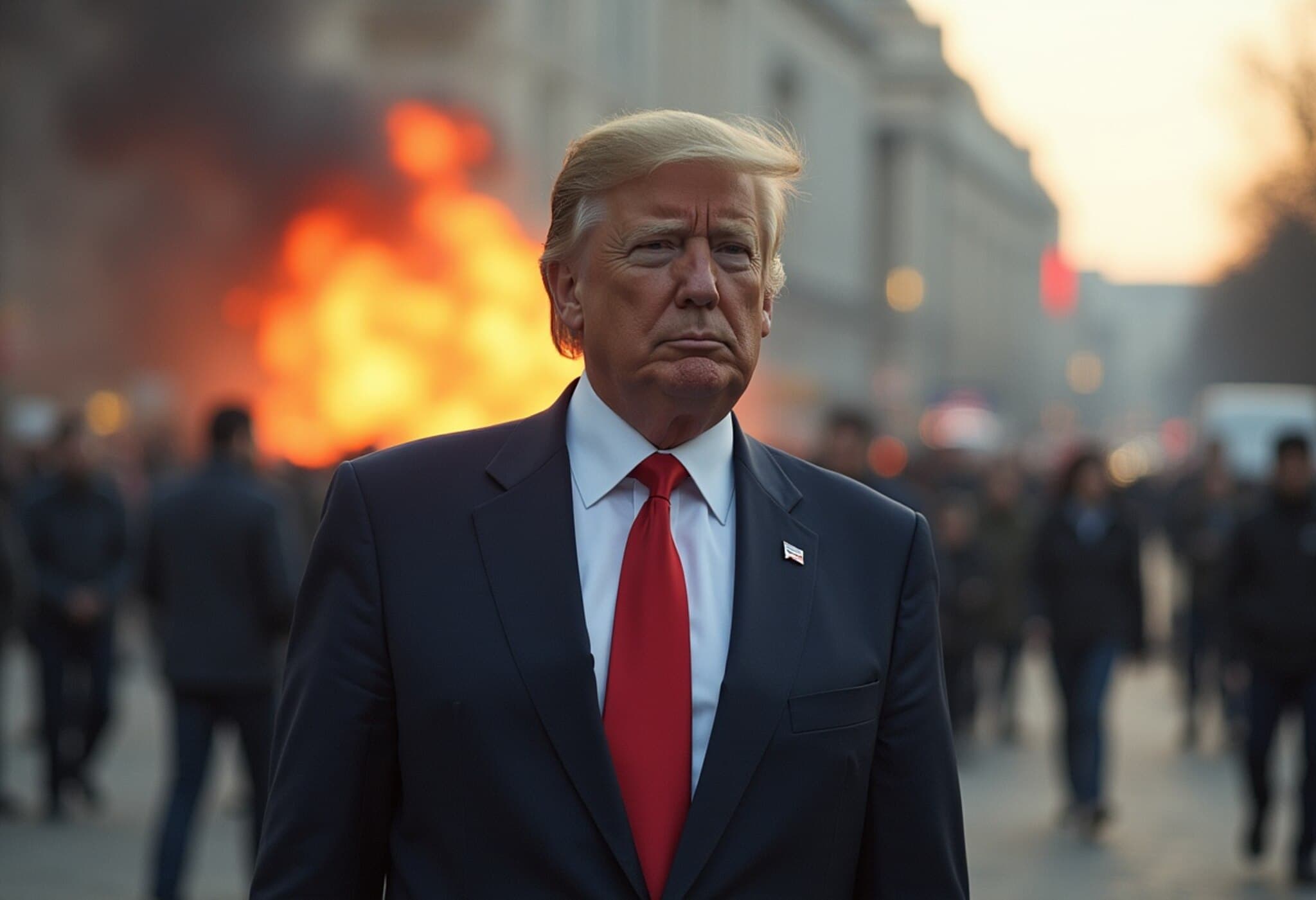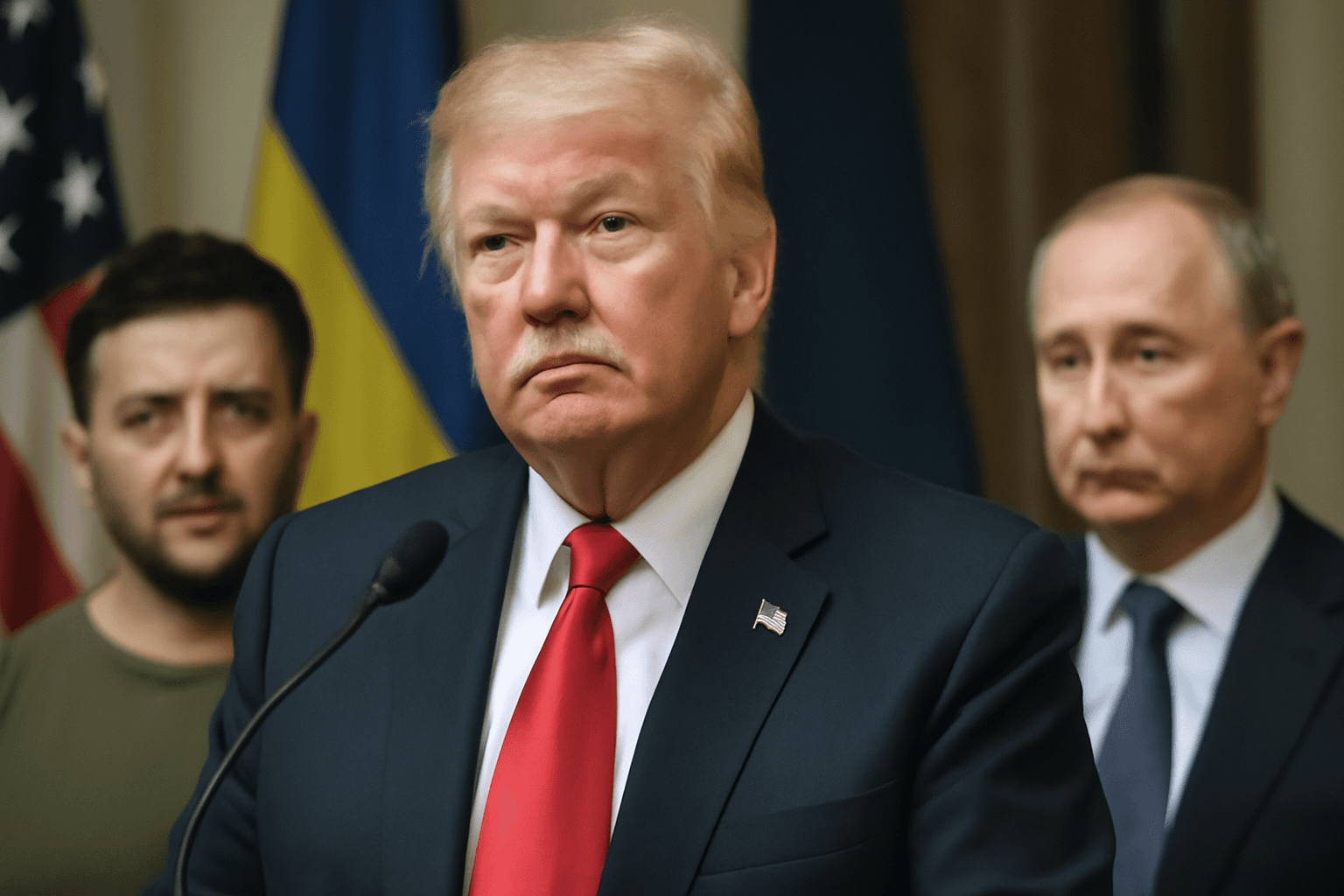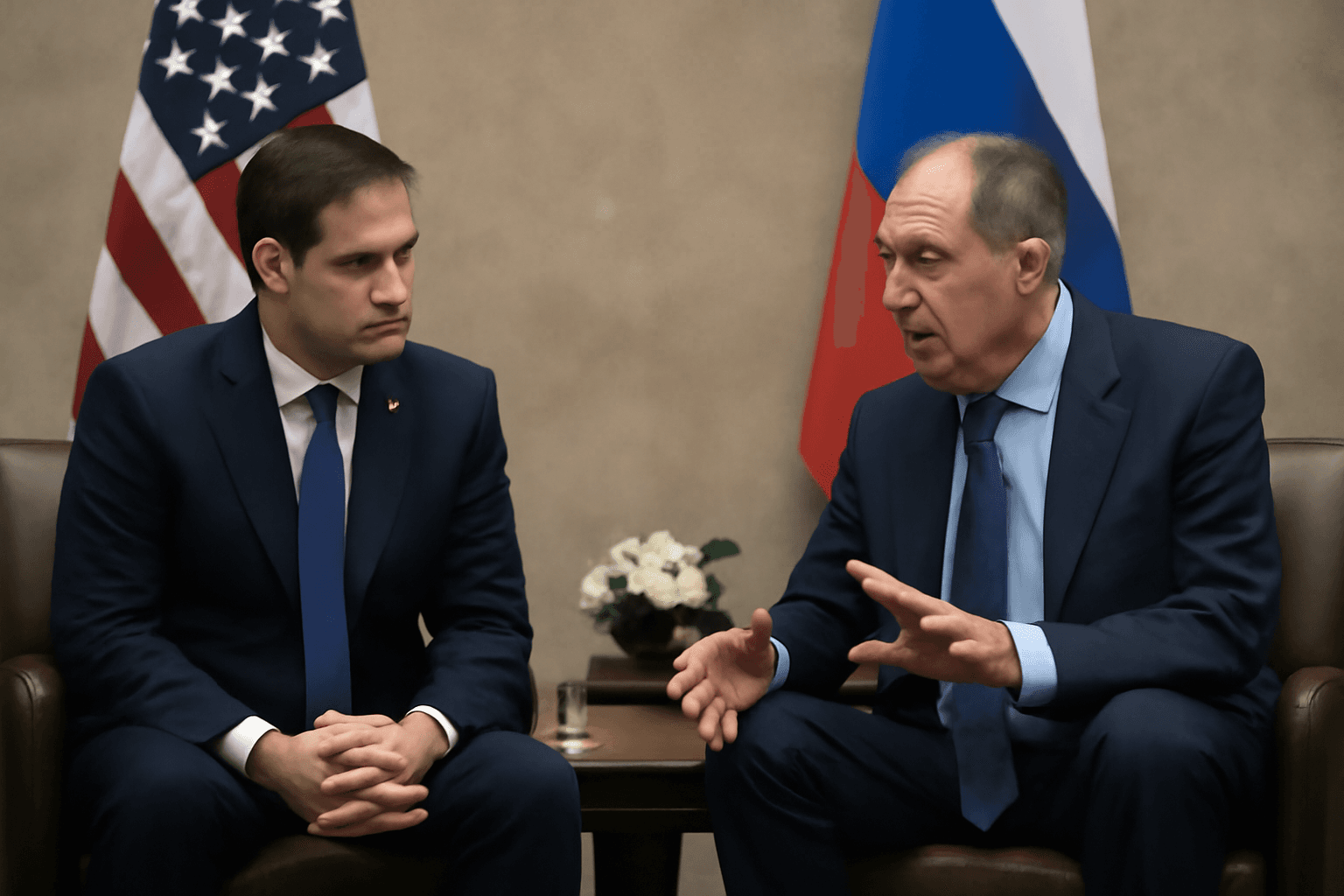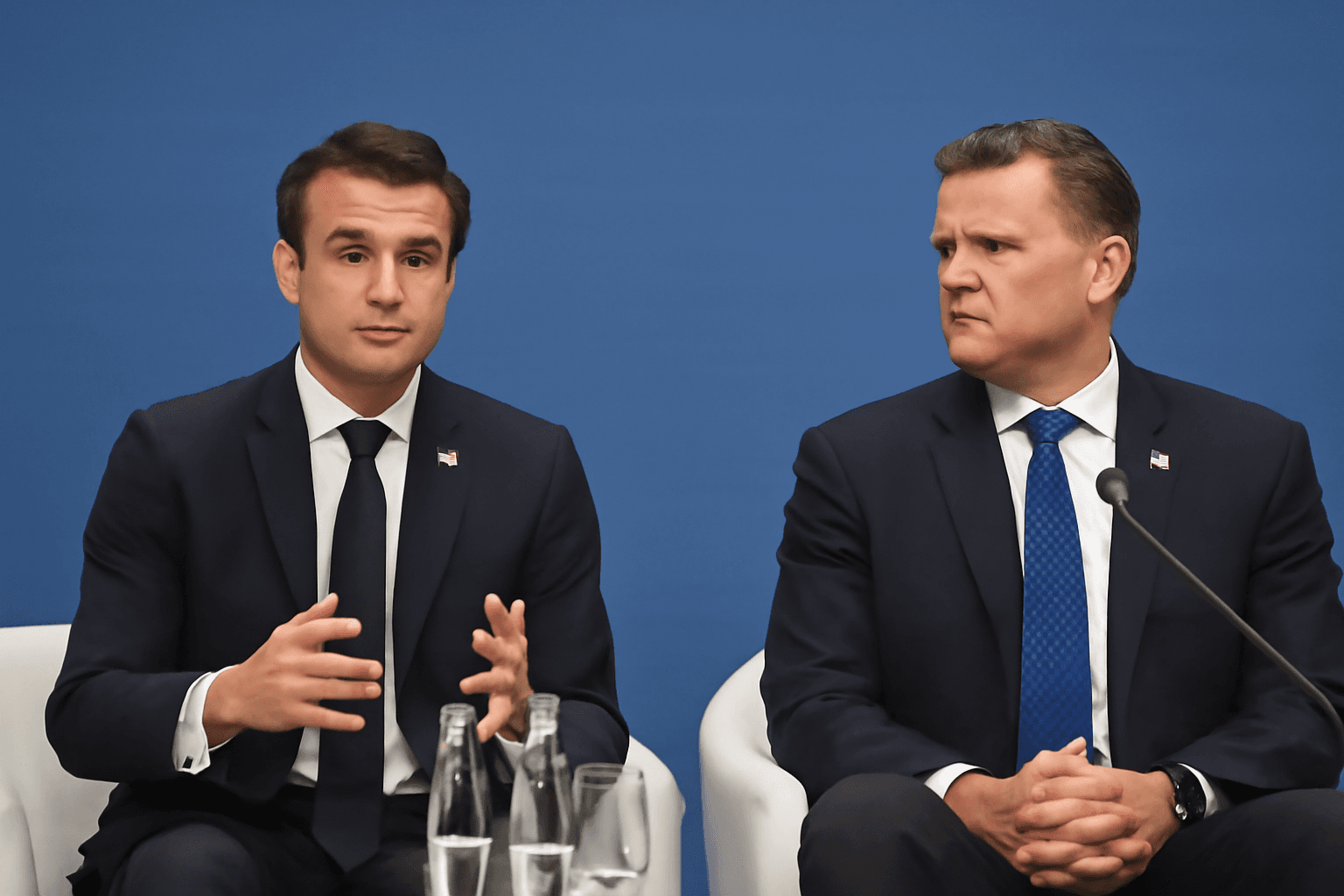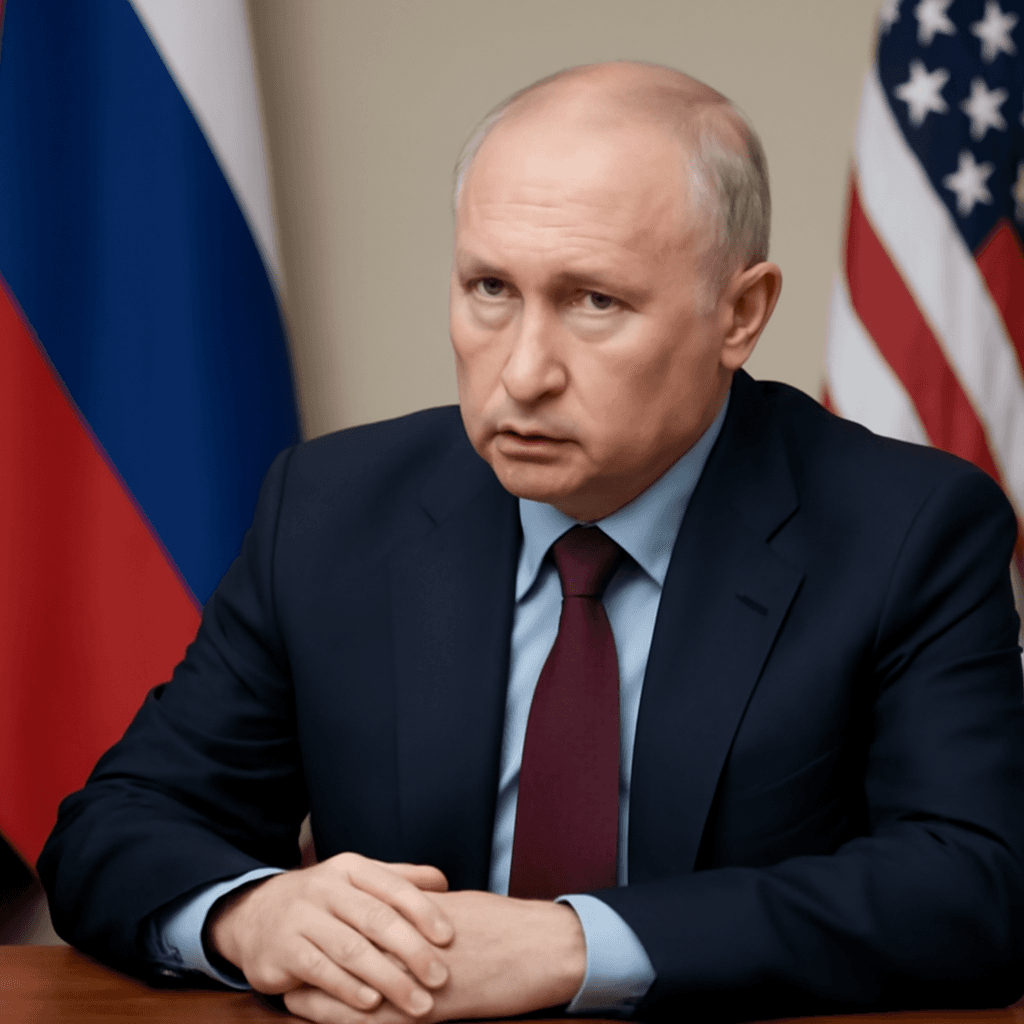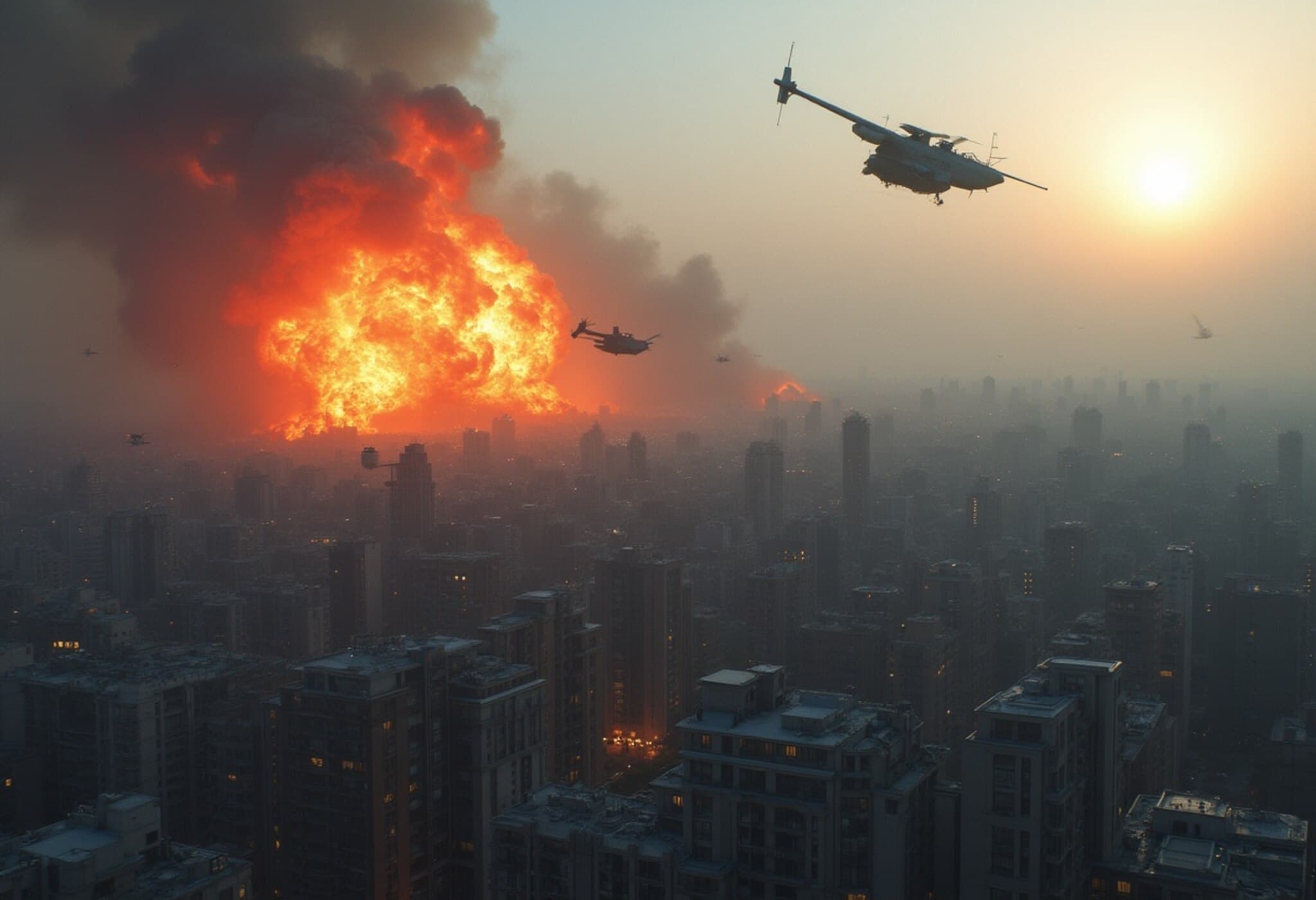Intense Russian Attacks Shake Kyiv for Second Consecutive Day
In a grim escalation of the ongoing conflict, Kyiv endured relentless missile and drone strikes from Russian forces for the second consecutive day on July 10, 2025. The coordinated assault claimed at least two lives and left over 16 people injured, underscoring the human toll as families sought refuge in bomb shelters across the Ukrainian capital.
Ukrainian President Volodymyr Zelenskyy revealed that Moscow unleashed a staggering 18 missiles alongside nearly 400 drones, deliberately targeting residential, commercial, and military infrastructure within Kyiv. The damage extended to vehicles, warehouses, office buildings, and non-residential properties, igniting widespread fires and further disrupting daily life in a city of three million.
Straining Kyiv's Defenses Amidst a Complex Geopolitical Backdrop
Tymur Tkachenko, head of Kyiv’s military administration, reported via Telegram that the aftermath saw significant fires consuming multiple structures. The sheer scale of the attack placed immense strain on Ukrainian air defenses at a critical juncture of the war, highlighting the adversaries’ increasing reliance on unmanned aerial vehicles to overwhelm protective systems.
In parallel, Russian official sources stated that their own air defense units successfully intercepted 14 Ukrainian drones overnight, according to RIA state news, underscoring the multidimensional nature of the aerial clashes.
Global Diplomatic Efforts Underway: Rubio Meets Lavrov at ASEAN Summit
Amidst the chaos in Kyiv, U.S. Secretary of State Marco Rubio engaged in high-stakes talks with Russian Foreign Minister Sergei Lavrov at the ASEAN Summit in Malaysia. This meeting marks a continuation of diplomatic attempts to recalibrate relations between the two powers, which have been severely tested since Russia’s incursion into Ukraine.
Rubio’s engagement is part of a broader U.S. initiative to engage with Russia diplomatically while simultaneously supporting Ukraine’s defense capabilities. Notably, the U.S. has resumed deliveries of defensive military equipment to Ukraine following a brief pause, reflecting strategic recalculations in Washington amid rising civilian casualties.
Shifting U.S. Political Stance on the Conflict
Former President Donald Trump, once perceived as conciliatory toward Moscow, publicly condemned Vladimir Putin’s handling of the war during a recent Cabinet meeting. Trump acknowledged that the conflict’s humanitarian crisis prompted his decision to authorize renewed weapons shipments, saying, "It’s killing too many people."
The Kremlin, responding calmly to these criticisms, emphasized their commitment to restoring a fractured relationship with the United States, though Moscow also anticipates potential U.S. sanctions targeting key Russian exports, including energy resources and uranium.
What This Means for Ukraine and the Broader Conflict
The relentless aerial onslaught and the diplomatic maneuvers occurring concurrently spotlight the multifaceted nature of Russia-Ukraine hostilities. The conflict’s human cost remains sobering, and the international community watches closely, balancing sanctions, support for Kyiv, and diplomatic engagement with Moscow.
- Humanitarian Impact: The strikes deepen civilian vulnerabilities in urban centers, challenging emergency response and fuelling displacement.
- Military Dynamics: Russia’s drone swarm tactics test Ukrainian defense systems, signaling a shift toward technology-intensive warfare.
- Diplomatic Complexity: U.S.-Russia talks at ASEAN reveal ongoing attempts to contain escalation and explore pathways toward negotiations.
Editor’s Note
As Kyiv faces repeated bombardment, the juxtaposition of fierce military assaults with concurrent diplomatic dialogues underscores the paradox of modern warfare—where violence and negotiation unfold simultaneously on the global stage. For observers, this raises critical questions: Can diplomacy meaningfully influence a conflict marked by such devastation? What are the long-term implications of advanced drone warfare on urban safety? And how will shifting U.S. policies affect the fragile balance in Eastern Europe? These themes deserve close attention as events develop.

